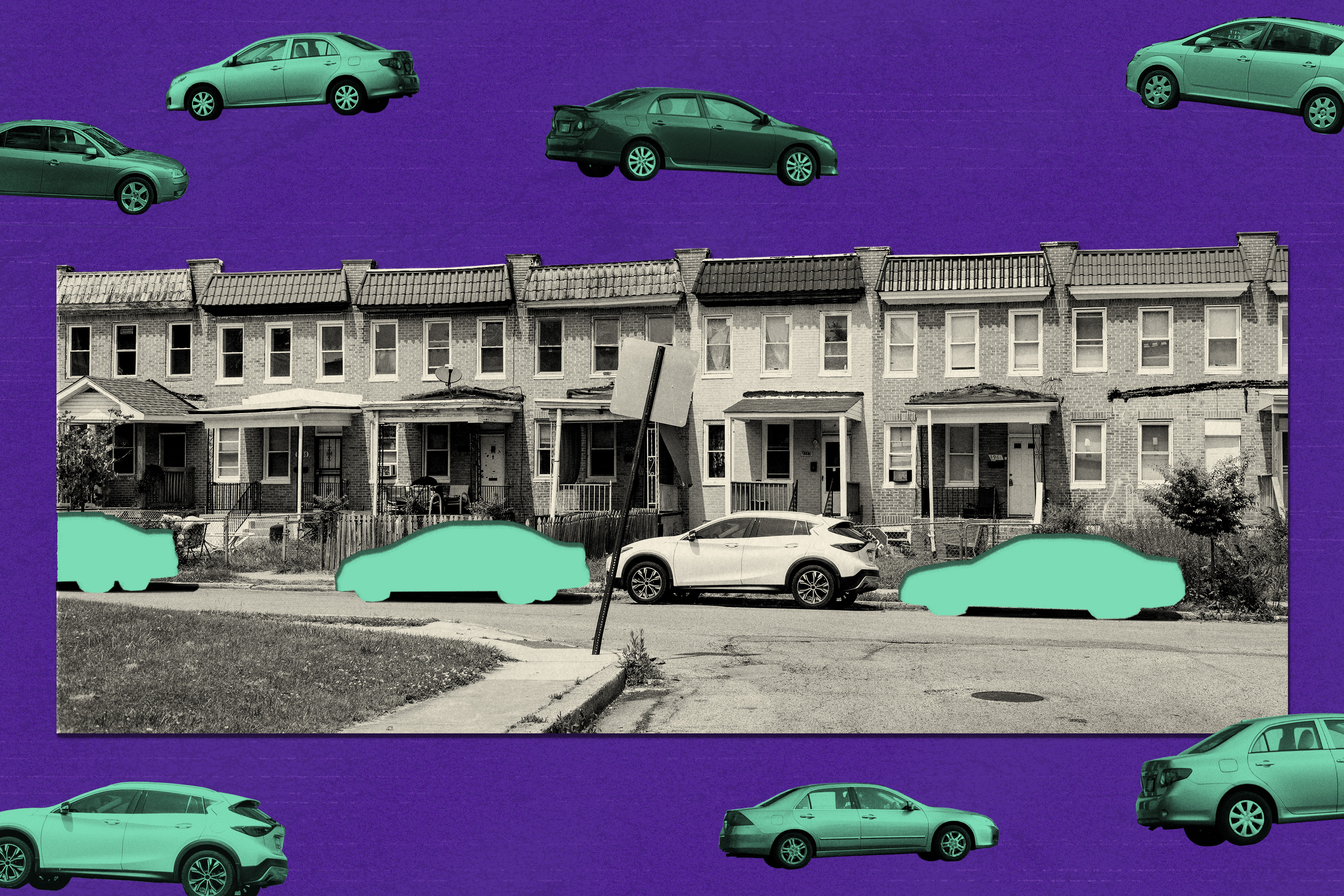It’s hard to pinpoint just where it started, but somewhere along the way, lawmakers set their sights on a common culprit for a tidal wave of car thefts: teenagers.
City and state officials have launched hearings and called in agencies, law enforcement officials and advocates to scrutinize the laws and look for solutions. Some have wondered if laws that make it harder for police to arrest children could be part of the problem.
But arrest data doesn’t support the concern.
While the last two years of juvenile services data shows teen arrests for auto theft have doubled year over year in Maryland, only 35% of those arrested for the crime in Baltimore were younger than 18, Baltimore Police said.
The Baltimore Banner thanks its sponsors. Become one.
This story is part of a deep dive on auto thefts.
Read more in this series:
Between July 2022 through June 2023, 208 Baltimore teens were charged with auto theft, according to juvenile services data. What happened to them?
What happens after a teen is arrested for stealing a car?
Police officers refer the teen to the Maryland Department of Juvenile Services, the state agency focused on rehabilitating youths who are involved in the juvenile justice system. From there, they can be referred to the local state’s attorney for review or ordered to an alternative, like community service or a restorative justice program.
This year, juvenile services referred the majority of auto theft cases — 139 out of 208 — to the city’s prosecutor.
Of those, 52 had their cases dropped by prosecutors or a judge.
For the remaining one-third of cases, the agency ordered alternatives to detention, such as community service, mentoring or apologizing to victims. Alternatives to detention are a form of accountability that has been shown to keep youths from reoffending, also called recidivism, according to researchers.
The Baltimore Banner thanks its sponsors. Become one.
Maryland has moved away from incarcerating children in secure facilities for all but the most serious offenses and more often uses community detention with supervision.
The number of teens held in facilities over the last decade has steadily declined.
Why do some cases get dismissed?
Some cases could have been dismissed because the teen was innocent. In other cases, the state may have lacked enough evidence to prove their case.
In a statement, Baltimore City State’s Attorney Ivan Bates did not say why so many cases were let go, but he did say his office cannot verify juvenile services’ data since they didn’t participate in its collection. His office is currently working to compile their own data.
“What is clear based on direct testimony from parents, BPD, and our Juvenile Unit is that youthful offenders are being released solely by DJS within 24 hours after committing serious crimes, like vehicle thefts, only to turn around and repeat the behavior in our city.”
The Baltimore Banner thanks its sponsors. Become one.
The juvenile services department, in a statement, said teens who law enforcement asks to be detained, but who end up released by the agency or a court, almost always show up for their hearing. The “overwhelming majority” have no prior arrest record and 98% show up to court. Just 8.2% of juvenile offenders are rearrested and only 2.6% are rearrested for a violent crime.
The Maryland Judiciary declined to comment.
Alycia Capozello, Baltimore City Deputy District Public Defender, has defended young people in court for 20 years.
“A substantial number of children ... would have been better served had their case not been thrust into the formal court system,” Capozello said, suggesting the juvenile services department could have diverted teens to services up front.
If a prosecutor recognizes there’s a lack of evidence, they can still refer teens back to juvenile services for a second evaluation. But that doesn’t always happen.
The Baltimore Banner thanks its sponsors. Become one.
What happened to teens who went to court?
The court ordered probation for 44 teens and another 7 were committed to juvenile services.
Teens who get probation are assigned a case manager and community supervision, which can be a combination of in-home confinement, wearing an ankle monitor and checking in with juvenile services every weekday, and programming.
Programming, or research-based treatment services, addresses the root causes of a problematic behavior. The services are individually tailored. For some, that could be mentoring, job training, therapy, tutoring or restorative justice measures to help kids make amends with victims.
Josh Rovner, a youth justice researcher who’s also an advocate in the Maryland legislature, said the juvenile system should focus on individual needs of the child while responding appropriately to their offense.
Rovner works with The Sentencing Project, a research and advocacy think tank, and studies juvenile justice issues across the country.
The Baltimore Banner thanks its sponsors. Become one.
“We want to do as little damage to them until they are done with their reckless years,” Rovner said. “And make sure that if we’re giving harsh responses, that we’ve tried everything else first.”
“It’s a matter of treating the child and not the charge,” he said.
Are youths stealing cars more than once?
According to Baltimore City Mayor Brandon Scott and Baltimore Police Commissioner Richard Worley, about 30 youths have been rearrested for auto thefts and carjackings.
For teens convicted from July 2022 through June 2023, 14% have been convicted again. That number is likely to go up. That figure only includes four months of the 12-month tracking period ending in June 2024.
The prior year, 17% of teens who stole cars from July 2021 through June 2022 were convicted again for the same crime within a year.
The Baltimore Banner thanks its sponsors. Become one.
This article has been updated to reflect the correct, lower number of auto theft cases dropped by prosecutors and courts.
:quality(70)/cloudfront-us-east-1.images.arcpublishing.com/baltimorebanner/5G5SAZCLI5C6BBX3G3K3MAWTK4.jpg)




Comments
Welcome to The Banner's subscriber-only commenting community. Please review our community guidelines.